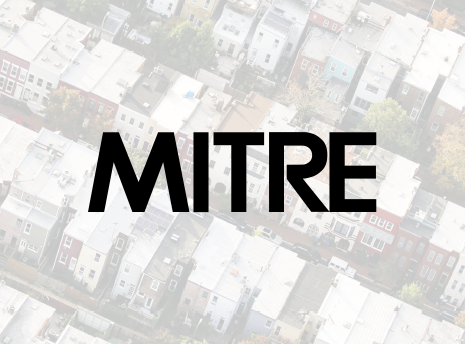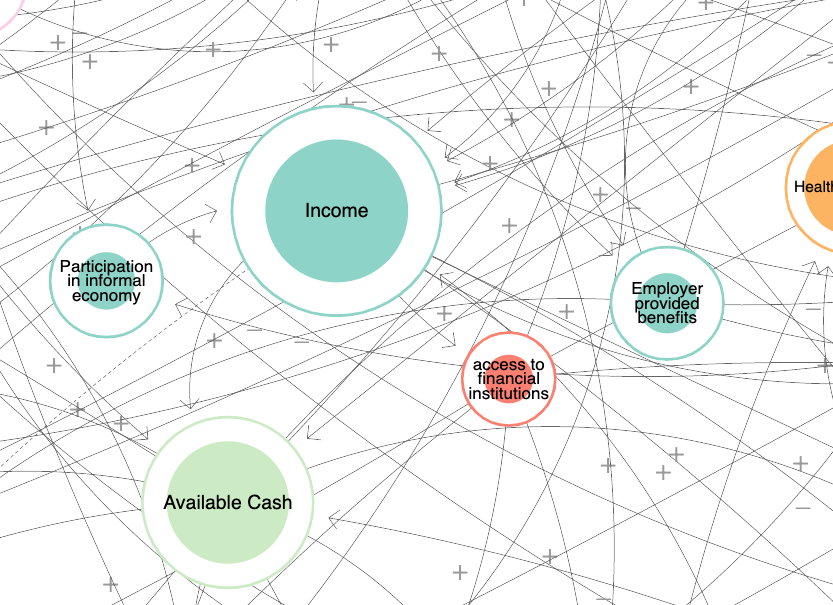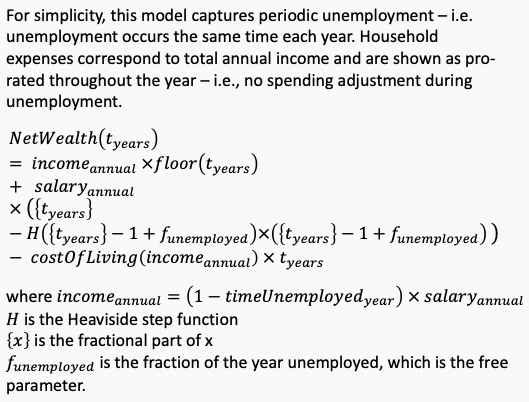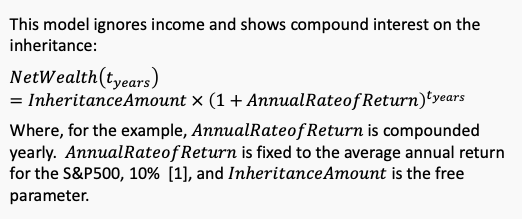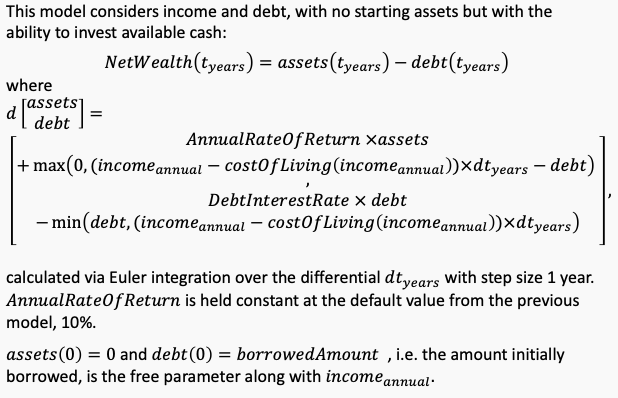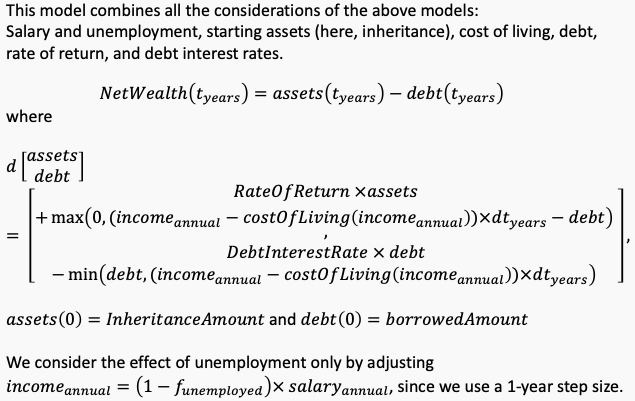Building on previous work with The Council of
the District of Columbia's Office of Racial Equity (CORE) to examine the racial wealth gap in
Washington, D.C., MITRE has developed a household finance model to learn more about how racial inequity
impacts wealth and to help users answer questions about the wealth gap. In a previously published report
(The Racial
Wealth Gap in Washington, D.C.), we mapped a wide range of factors that influence wealth building,
and provided context from research on the historical oppression, ongoing policies, and inherited inequity
that contribute to the racial wealth gap. The report resulted in several follow-on questions, including:
- How do factors that influence wealth building impact residents and households?
- What proposed interventions may influence the bottom line for residents?
This model can help us understand the dynamics of the racial wealth gap, and in conjunction with community
design can support evaluating the financial impact of proposed policies and interventions.
The median net worth of a white household is 81 times that of a Black household in D.C.
1
While community and cultural assets play a critical role in supporting Black households in D.C., this
wealth disparity leads to an uneven financial foundation with wide-ranging and long-lasting impacts. Some
questions this model seeks to help answer include:
- What financial, social, and historical factors led to this racial gap in net worth?
- Is the gap widening or shrinking?
- How would different financial policies affect the gap?
On this page, we walk through a simplified household finances dynamic model with a focus on how
racial inequity translates into the wealth trajectories of two residents, represented as the median
conditions of a Black D.C. resident and a White D.C. resident.
The term “dynamics” refers to the study of things in motion—in other words, how they change over time.
Bringing a dynamic perspective to studying the racial wealth gap means trying to understand its history
and future, in addition to its current state. Using a dynamic perspective rather than a static perspective
also helps us look at its structures and causes, examining what influences the wealth gap and how. This
model provides a way to understand the dynamics of the racial wealth gap by projecting household finances
forward in time, assessing whether the gap grows or shrinks when various contributors to the wealth gap
are adjusted. Though factors such as income, expenses, and interest rates change over time in the real
world, for the purposes of this model these factors are held constant to simplify the model and understand
general trends.
i
This page focuses on factors that impact household finances and the racial wealth gap and uses two
fictional personas: Nicole (a Black D.C. resident) and Lauren (a White D.C. resident), who both grew up in
and live in D.C. Other demographic and social factors also impact household wealth. Wealth gaps widen even
further, for example, when examining gender and race together. Once again, to simplify the model and
understand general trends, the example described here focuses specifically on race.
The page is broken up into sections, each of which discusses and models one of these factors. Nicole and
Lauren have been assigned the median values of several conditions impacting
household wealth for DC
residents of their respective races and are used as demonstrative examples throughout.
Follow along below to learn more about the factors that influence the wealth trajectories of these two
women using the interactive charts, which project changes in wealth over a 20-year period. The
accumulation of wealth is measured by net worth which is the sum of all the assets someone owns minus
their debts.
2
The cumulative effects of income (in the “Work Compensation” section) and expenses (in the
“Cost of Living” section) carry forward throughout the graphs and into the other sections. To see the
individual effects of employment security, inherited wealth, return from investments, and interest from
debt, click the box next to “equalize Lauren and Nicole's...” within each section. The final graph
displays the cumulative effects from the values inputted in all sections.

